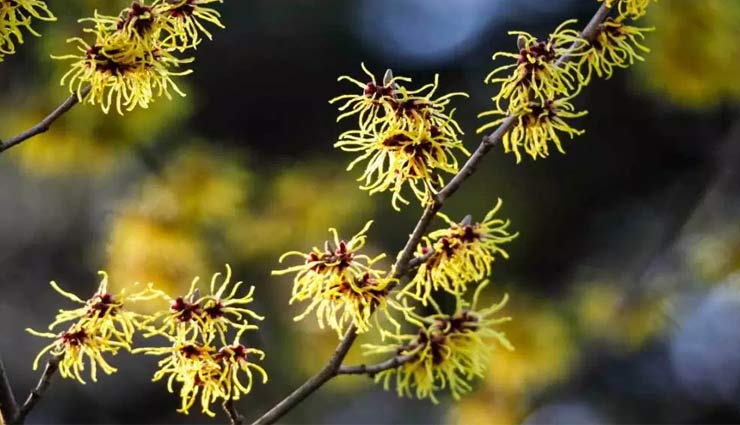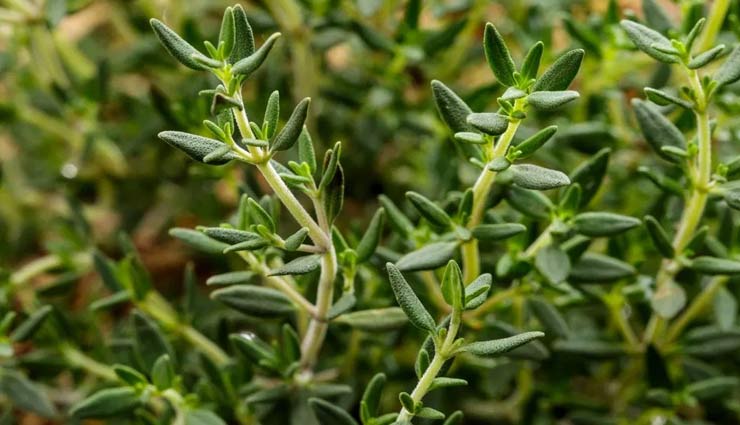- Home›
- Healthy Living›
- First Aid : Don't Forget To Keep These Things At Home.
First Aid : Don't Forget To Keep These Things At Home.
By: Kanika Sat, 25 Jan 2020 4:17:14

If you have kids at home or you stay alone at home or you are traveling, so be ready with your first aid. Know about how can we give our self first-aid.Here are some first aid which we should keep with us.
Aloe vera for burnt
An aloe plant is all you need to start feeling immediate relief. “An aloe plant is a great thing to keep in your home,” “It's great for sunburns, minor kitchen burns, mild rashes, and even minor cuts because it heals and soothes the skin, and it also has a cooling effect that feels great.” For a sunburn, break off a little piece of the plant, rip it open, and rub it directly on the affected area.

Witch Hazel for Bruises
Witch hazel is a natural astringent produced from the leaves, bark, and twigs of the witch-hazel shrub, also known as winter bloom. Used medicinally for decades for everything from soothing itchy skin to treating acne, it can also be used to speed up healing of a bruise.
Witch hazel may work by increasing blood flow near the skin's surface, so it may help dissipate the blood that has pooled in the bruised area as well as reduce any inflammation. When you feel a bruise coming on, ice the area first and elevate it if possible, then follow that by soaking a thin cloth in witch hazel and applying it to the area several times a day until the bruise is gone.
Arnica for Swelling and Pain
It can help speed tissue healing, reduce inflammation, and ease pain. For mild trauma, such as bumps, bruises, swelling, and sore muscles, you can use arnica either topically or orally (in a pill form).
It's a great first aid remedy : “Buy a topical arnica gel or oral arnica with 30X potency (arnica is toxic at higher doses). Orally, I'd suggest taking it three times a day. For topical use, apply anywhere from one up to six times a day, though you really can't max out.”

Honey for Scrapes
“Honey is less well known as a healer, but it's been used to treat cuts, scrapes, and deeper wounds for centuries,” For minor scrapes, first clean the area thoroughly. Then blend a tablespoon of honey (manuka honey works particularly well) with a tablespoon of fresh aloe vera gel. “Apply the mixture to the wound, then store the rest in the refrigerator and reuse as needed,” Grogan says. For cuts or deeper wounds beyond the surface, seeing a medical professional is recommended.
Calendula for Cuts and Burns
If you're not dealing with a major burn or deep laceration, you may be able to treat a kitchen burn or minor cut with calendula, which is derived from a flowering plant in the marigold family. “You can buy it as a salve or ointment to apply to skin, or as a non-alcoholic spray, which can be great for kids,” says Cates.
Calendula is anti-microbial, so it helps keep the wound clear of bacteria, prevents infection, and promotes healing. It's also rich in flavonoids, plant-based antioxidants that may help protect skin cells from free-radical damage. Fresh or dried calendula petals are available or used to make tinctures, liquid extracts, infusions, ointments, and creams.
Thyme for Cuts
Another trick for cleaning cuts is to use thyme, an herb that's a staple on most kitchen spice racks and has some little-known healing properties. The oils in thyme have a powerful antimicrobial effect. Cool enough to apply to the skin with a clean cloth. Use it to enhance the effects of mild soap and water to clean the wound. A half-teaspoon of tea-tree oil mixed with a half-cup of warm water provides a similar effect.





